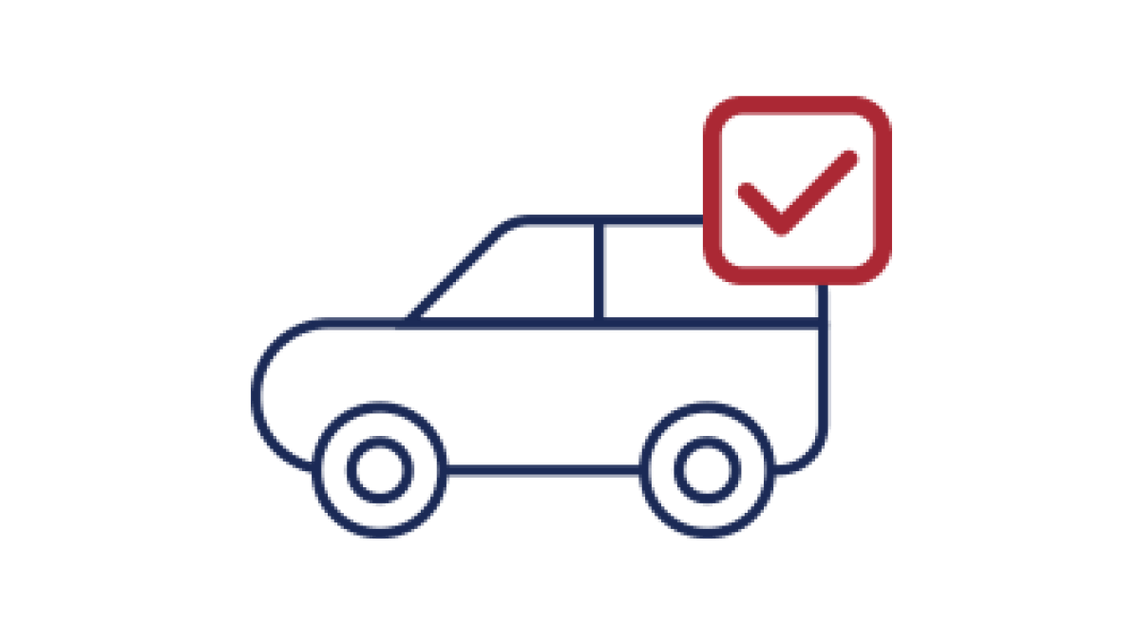Good to know
The tyre is the only point of contact between the vehicle and the ground. The following safety instructions and user recommendations can help you to preserve the quality and performance of your tyres.
These recommendations are valid subject to more restrictive local requirements either legal and/or regulatory.

How to read a tyre
How to read a tyre sidewall : markings explained

Labelling information
The European regulation has introduced labelling requirements based on actual testing to display information on fuel efficiency, wet grip, and external rolling noise...

Choice of tyre
The choice of a tyre must conform to the legislation, in line with the equipment recommended by the vehicle and tyre manufacturer or by an official organisation (size, load and speed indices, tyre structures, etc.)...

Storage and maintenance
Storage should be
Away from any chemical substances, solvents or hydrocarbons likely to interfere with the nature of the rubber...

Vehicle checks
Any perforations, cuts or visible distortion of the tread, sidewalls or bead area must be checked by a tyre professional to assess if the tyre can continue to be used, need to be repaired or is irreparable.
Any damage to the rim must also be checked by an appropriate expert...

Use of tyre
Never use the tyre beyond the limits of the technical specifications for which it has been approved.
Certain excessive or abnormal geometrical settings for the vehicle may have an effect on the tyre’s performance...

Fitting
Correct fitting, performed in accordance with recommended operating procedures and complying with the safety rules in force, ensures excellent protection for people and material, and allows the tyres full potential to be exploited...

Product life
Tyres are made from different types of reinforcement materials and rubber-based components, whose properties evolve over time.
